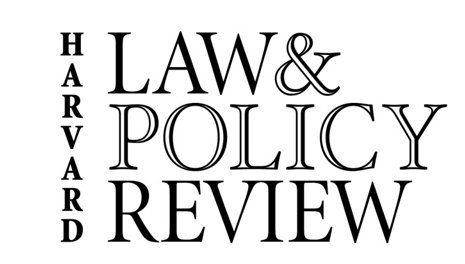By Ming Cheung
Over the past week, a series of tragic and senseless attacks have taken place in the United States and Canada. First, a man struck two soldiers in a hit-and-run in Quebec , another targeted the Canadian Parliament in Ottawa, and a hatchet-wielding individual assaulted police officers in New York City. All three attackers happen to be Muslim, and as human nature is wont to do — politicians, the media, and our national attention — have begun to fit these incidents into our schema of a Muslim terrorist threatening our national security. By labeling these attacks as the acts of “terrorists,” we are reminded of our vulnerability and are implicitly bracing for a strong response. Yet the seemingly automatic process by which we affix the “terrorist” label has significant implications for our integrity as a free and democratic society.
Last year, the National Counterterrorism Center released the “March 2013 Watchlisting Guidance,” which laid out the government’s process for identifying terrorist threats and placing them on government watchlists. Specifically, the document defines a “terrorist” as someone who is either known or reasonably suspected to be engaged in “terrorism/terrorist activities.” The term “terrorism/terrorist activities” is then defined as acts that: “(a) involve violent acts or acts dangerous to human life, property, or infrastructure . . . and (b) appear intended to intimidate or coerce a civilian population, influence the policy of a government by intimidation or coercion, or affect the conduct of government by mass destruction, assassination, kidnapping, or hostage-taking.” The document also lists “Constitutionally Protected Activities,” stipulating that the exercise of free speech and religion, among other rights, are insufficient to flag an individual as a terrorist. To be a terrorist, then, one must have committed some violent or dangerous act, with the purpose of intimidating or coercing civilians or influencing government policy.
All three incidents were undoubtedly violent and unlawful, but the motives of the attackers remain unknown, as all attackers died in the act, with no known networks or accomplices. Nonetheless, all three attackers were labeled “terrorists” within a day of each attack. In the New York incident, before even Zale Thompson’s history of mental illness could be established, the NYPD police commissioner was ‘comfortable’ in calling him a ‘terrorist’. With investigations still ongoing, we know very few facts about Thompson: he had been unemployed, homeless, reclusive, erratic, and emotionally volatile; he also converted to Islam and expressed views against police brutality and Christianity online.
Once poverty and emotional disturbance are excluded from the equation, one is left with the uncomfortable realization that NYPD has designated Thompson a ‘terrorist’ purely on the basis of his online posts — the very freedom of expression protected by both the Constitution and the Watchlisting Guidance. Moreover, the simplest explanation of the attack has no traction — that of Thompson being a mentally unstable individual, who lashed out in a random act of violence as a result of dissatisfaction with his personal life. Thompson did not target a civilian population, did not belong to a terrorist group, and had no known intent of coercing any government policy. Our democratic principles are incompatible with labeling every offender a “terrorist” on the basis of their political or religious views, however repugnant and erroneous those views may be.
On a systemic level, there is also reason to suspect discriminatory practices with regards to the U.S. terrorist watchlists. The Watchlisting Guidance provides for the elevation of entire “categories of individuals” to watchlists via an expedited process — with no apparent limits as to what characteristics may be used to designate a category. With the process being contained within the Department of Homeland Security, it is unchecked by any other branch of government. This may explain why 1.5 million individuals have been added to government watchlists. From the perspective of an individual officer, nominating one suspect to a watchlist carries little cost, whereas a failure to nominate an actual threat could be devastating. Understandably, this risk-averse calculus incentivizes over-listing. However, at the aggregate level, a bloated list of innocent people is a threat to both individual liberties and effective law enforcement. In a process likely rife with false-positives, the screening process somehow rejects only 1% of all nominated individuals. This statistic suggests a systemic failure of oversight and disregard for the constitutional protections outlined in the Watchlisting Guidance.
A “terrorist” designation is not an issue of semantics. When an actor is regarded as a “terrorist,” his actions immediately become elevated from a simple crime to a national security threat. The natural, political response, then, is to utilize the full capacity of government and law enforcement to reestablish a sense of security, including policies that sacrifice liberty for security — a tradeoff that should be based on objective necessity and not provocative language. Courts give deference on matters of national security. Lawmakers challenge the legitimacy of any anti-terrorism measure at their own peril. A terrorist attack then becomes a blank check justification for escalated law enforcement, surveillance, extrajudicial killings, and even war. For that reason, as a nation, we should exercise restraint before invoking the “terrorist” label and its political connotations.

